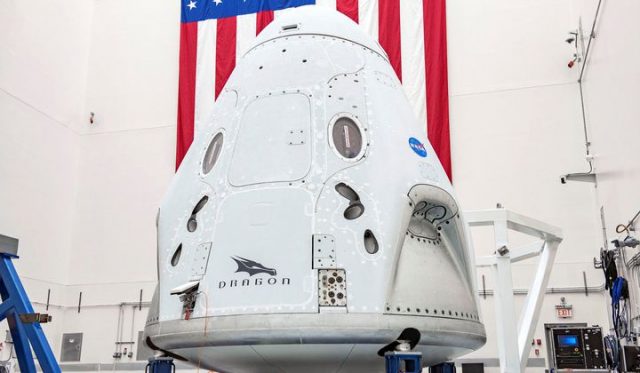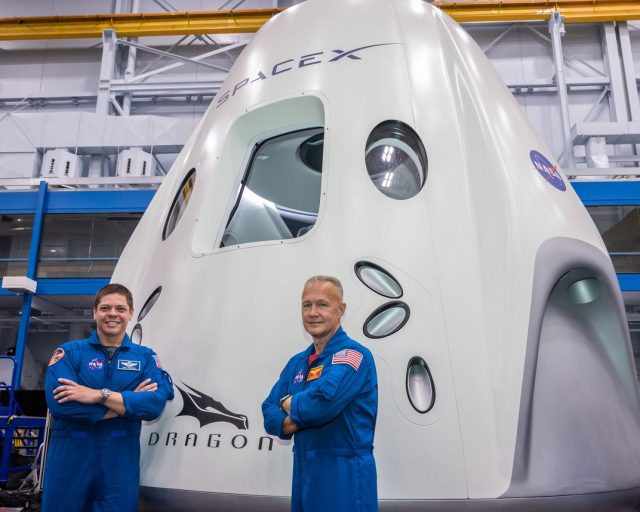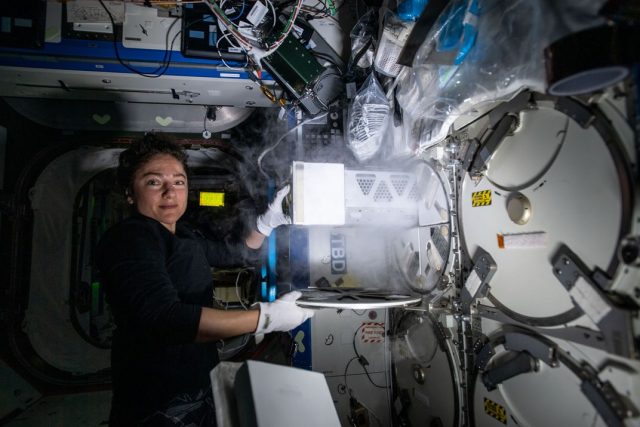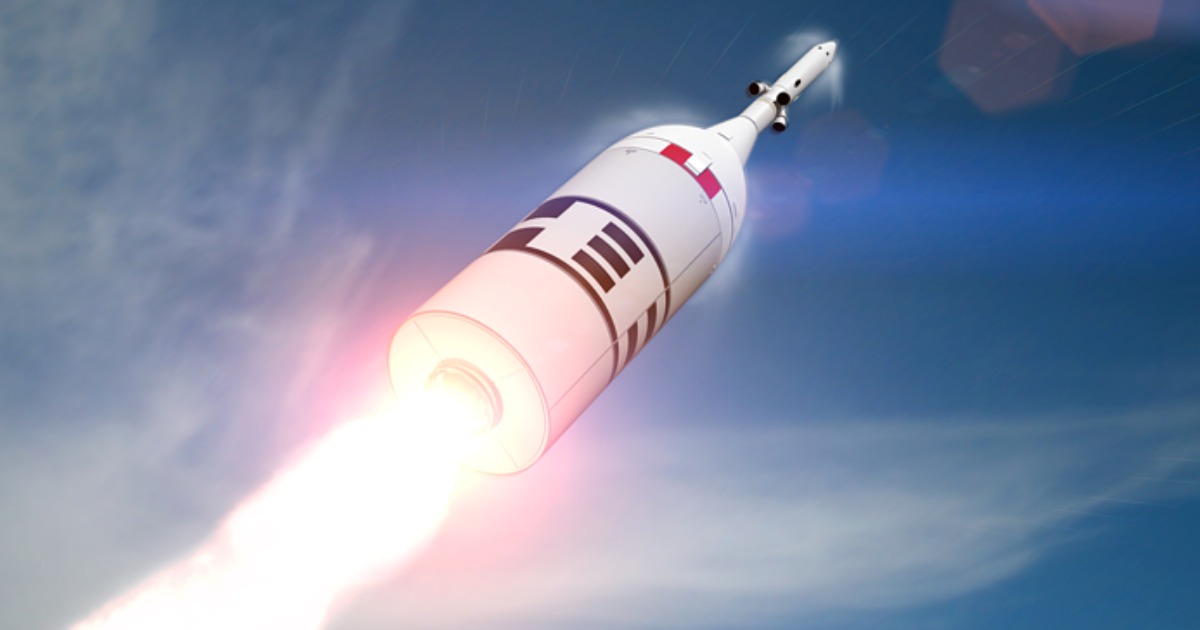NASA and SpaceX made history with the first successful launch from American soil in 9 years. The American space program can be broken into two parts. The first part involves space exploration, missions like going to Mars or the moon. The second part relates to going to and from the International Space Station (ISS).
Although astronauts have been going to and from the ISS, NASA’s last manned space launch, before this recent launch, was about nine years ago, with the final mission of the space shuttle Atlantis on July 8, 2011. Since then, Americans have been going back and forth to the ISS, but they’ve had to catch a lift on a Russian Soyuz spacecraft to do it.
There were a couple of reasons that the shuttle program came to an end without a new solution waiting in the wings. One of those reasons involved safety. The shuttles proved to be a bit riskier than NASA had hoped, having had two devastating explosions over the years, as well as smaller issues. The other reason was that one of the program’s primary goals was to reduce the costs associated with going into space by way of the shuttles’ reusability, and that goal was never realized.

When construction began on the international space station in 1998, just about all of NASA’s budget went either to that or to the shuttle program, leaving no resources for things like exploration. After the shuttle Columbia exploded in 2003, killing its entire seven-member crew, the decision was made to end the shuttle program when construction on the ISS ended. The decision was made easier when it became clear that paying for astronauts to get to the ISS on the Soyuz spacecraft was a significantly lower expense.
With funds freed up from the cancellation of the space shuttle program, NASA turned to the development of Orion spacecraft and the Space Launch System (SLS) as a new means for deep space exploration, according to Smithsonian magazine.

NASA describes Orion as a space capsule that was designed to carry humans deeper into space than they have ever been before, sustain the astronauts while they are out there, and provide a safe re-entry for them. The SLS is a heavy-lift rocket intended to propel Orion on its way. Orion had its first test flight in 2014, and is scheduled to go into use in the space program after 2021. The two pieces in conjunction have the capacity to allow travel and exploration to Mars or to asteroids.
NASA also wanted to find a new way to get to the ISS instead of having to rely on hitching a ride on the Soyuz. In 2008 NASA began looking at using commercial resupply for the ISS. In short, they began to seriously consider contracting the work out. In 2013 they realized that notion, working with Elon Musk’s innovative SpaceX and Northup Grumman. The decision to work with SpaceX was pivotal in the history and development of NASA working with the private sector for space flights.

When that collaboration proved successful, the idea of using commercial entities to move astronauts, as well as cargo, to the ISS became the next logical step. In the fall of 2014, NASA started giving contracts to Boeing and SpaceX to develop, build, and implement programs that would be suitable for moving crews back and forth to the space station. Having finished development and many test flights, SpaceX’s Crew Dragon made a Demo-2 flight on May 30th, carrying two astronauts to the ISS.
The biggest difference between the old models for approaching space flight and the current model is that in the old days, NASA was responsible for everything. By bringing private companies into the mix, the space agency now functions in much more of a supervisory capacity, ensuring that the vehicles produced by Boeing and SpaceX are fully certified and meet essential standards for safety, and can actually do the task they were built for.
Related Article: NASA Astronaut Accused of Committing World’s First Crime in Space
SpaceX’s Crew Dragon has successfully met all its benchmarks, but when Boeing did an orbital for its Starliner last December, several issues became apparent, including software problems. As a result, adjustments needed to be made and further testing will be done this year. If that testing is successful, a manned flight may be scheduled for 2021.
With the successful launch by NASA and SpaceX, it means that the US may be able to start sending astronauts directly to the ISS from Florida as early as this summer.
